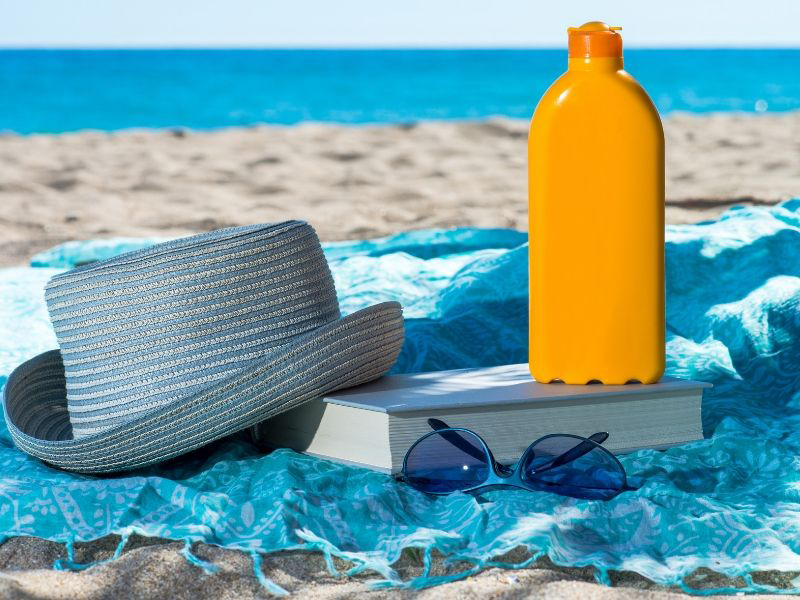I recently had a wash-dry-fold customer bring in several shirts with a distinct rosy stain around the necklines and down the fronts. We’ve determined that the stains were caused by sunscreen. All efforts to remove the stains have failed. Do you have a suggestion for removing them?
Sunscreen stains are basically oil stains. And, once oil stains impregnate a shirt’s molecules and change the color, it’s hard to bring the original color back. But there are a couple of methods to try.
If the shirts are white and cotton, try soaking them in a chlorine bleach solution (10 parts water to 1 part chlorine bleach) for two or three hours. Then run the shirts through a normal wash cycle. If the garments are colored, soak them in non-chlorine bleach and hot water overnight, and then wash the following day.
A second method you can try might work if the stains are still relatively fresh. Add a product called Laundry Wetspo, which is an oil-removing solvent, to your wash cycle. As long as the oily residue remains, it still can be washed off. However, once the oil attaches to the molecule, it becomes a real problem, and your only hope then is to bleach it out.
Can you tell me how to remove yellow wood glue from a pair of cotton pants? I haven’t found anything that will work.
There are a couple of ways to remove glue.
In some instances, depending on the type of adhesive, you can use a paint remover, which can be purchased at any hardware store. In most cases, this will remove wood glue.
However, if the glue is rather rigid and there is a lot of it on the pants, try placing the pants into a freezer. Once the glue is frozen, you often can work it around and, in a frozen state, it has a tendency to turn into a powder and flake off of the garment. This method also works well on gum.
I have a customer who brings in garments stained with iodine. How can I best remove these stains?
First of all, I would suggest that you isolate the iodine by soaking the garment for 12 to 18 minutes in warm water (approximately 90 degrees) with an enzyme detergent. After this process, re-wash the item with your regular detergent-and-bleach formula.
If the stain persists, your next step is to wash the item in hot water (150 to 160 degrees) with sodium silico fluoride. This should be an extended wash of about 30 minutes. Then follow up with a normal detergent-and-bleach wash.
Also, there are various enzyme products out there, which are effective at removing iodine stains. With those, soak for two to three hours. In many cases, this process will remove most of the iodine. If a slight stain remains, proceed with an after-wash, because you may have loosened the stain enough to remove it with the wash.
When using enzymes, be sure that your water temperatures aren’t too low or too high. Approximately 70 to 95 degrees is preferable.
I have a commercial account that sends me 100 percent polyester tablecloths, which wreak havoc with my dryers. I suspect it’s the static electricity, because the burners go off and on constantly. I’ve tried drying the tablecloths in three different dryers, and the same thing happens with all three. Otherwise, my dryers are working perfectly. How can I negate the static electricity?
In general, the dryer sheets – if you use enough of them – will eliminate any static electricity. Therefore, I would check to be sure that your dryers are well grounded. If the dryers are not grounded, that’s likely what’s causing your problems.
Check for a loose ground wire, and if the dryers are indeed properly grounded, dryer sheets should do the job.













